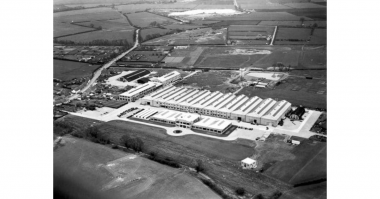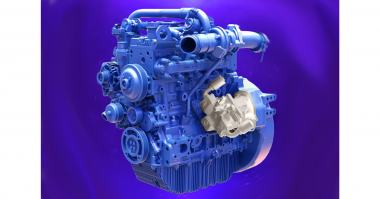It’s true; a picture really can speak a thousand words.
One look at the photograph below and the story is very clear: open-cut mining in Africa needs a heavy-duty dewatering solution. See the full details further below…
Now, for the finer detail of the pumping system – including the proposed AllightSykes upgrade to make the system even more powerful….
It’s a copper mine in the Democratic Republic of Congo (DRC), in the heart of central Africa. The epic photograph was taken by Sebastian Graham, AllightSykes Regional Sales Manager – West Africa.
With Peter Breen, General Manager – African Sales, they were on-site to conduct de-watering training sessions with mine management and staff. They also undertook a comprehensive on-site dewatering audit to ascertain if the present system was operating to capacity.
“This area experiences very-high rainfall during the wet season, so a good dewatering plan is essential for this mine to effectively operate” said Peter.
“Even during the dry season, groundwater seepage is constant, so working with the mine’s production department, it was time for a full operational audit.
“We also discussed a proposed dewatering strategy to prepare for a 100 year rain event – getting ready for the type of extreme weather that happens once a century and brings an unprecedented volume of water” he explained.
At present, there’s seven XH200 pumps on-site all powered by C27 CAT engines. “Even more, there’s two SS24K-12 light towers – all supplied by AllightSykes Africa” added Sebastian.
The current dewatering system consists of four heavy-duty XH200 pumps on the pit floor “feeding a large stage-tank at the 65m bench” continued Peter, “From that point, another three XH200 pumps push the water another 120m up the pit face to a discharge point 100m away”.
Whilst still performing effectively on a daily basis, this current system does offer room for improvement, “especially in-light of the 100 year rain event planning strategy” observed Peter.
“As the pit continues to deepen, we’re now looking at installing even larger HH300 pumps at the pit floor – the performance curve dynamic is more suited to this extra-high head.
“The high flow available from the larger HH300 pumps would result in just two pumps being needed, instead of the four pumps currently in place.
“And if room permits a pontoon based pump would be ideal to support their needs going forward” said Peter.





Comments